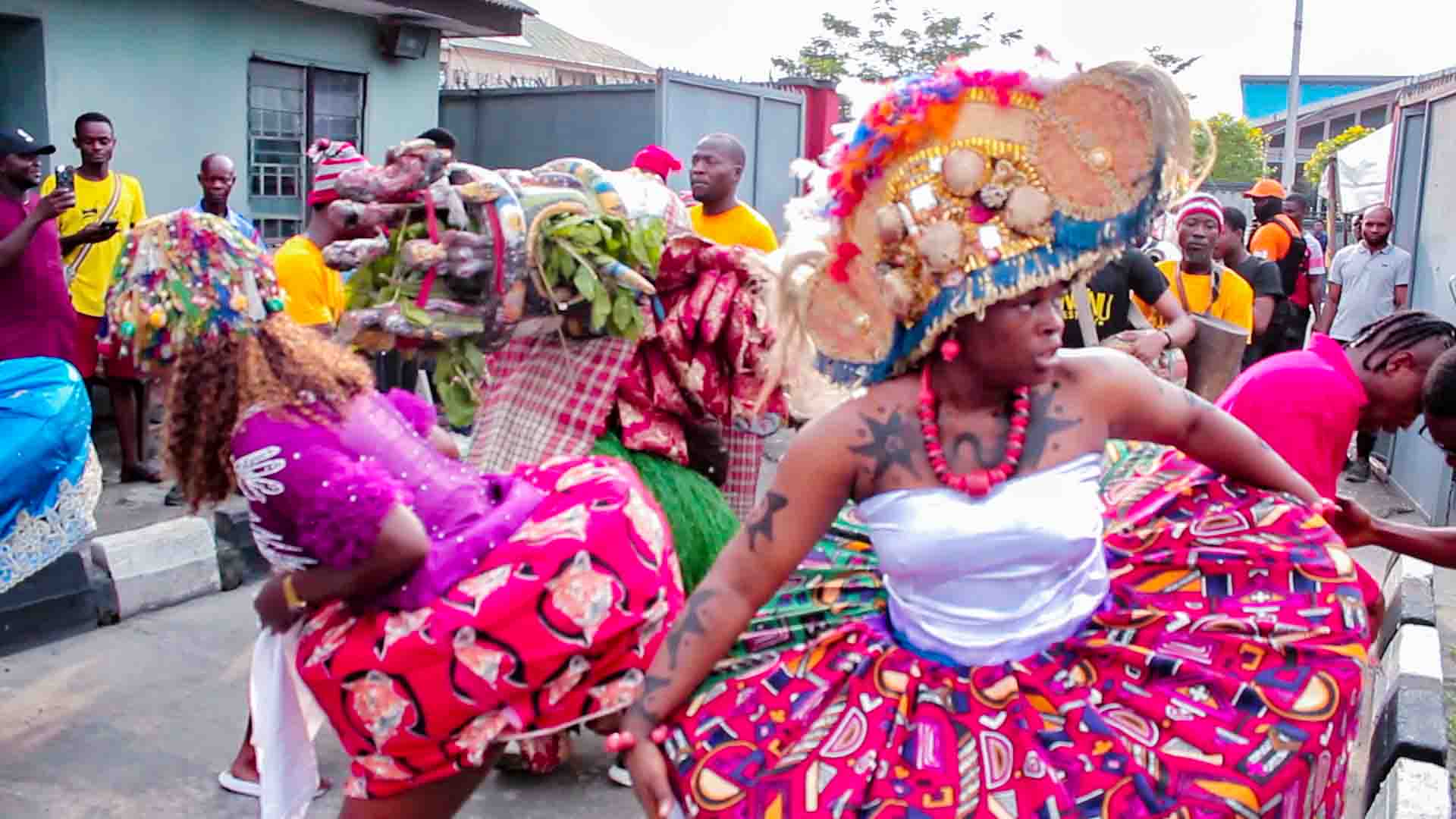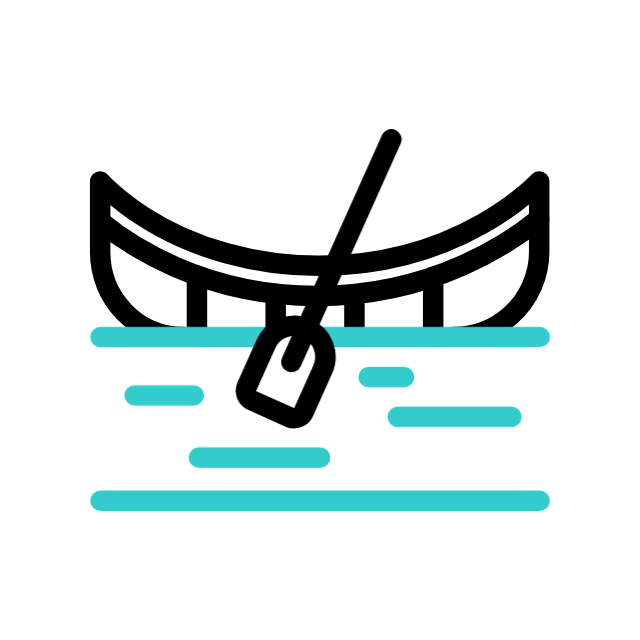History of Ijaw People
The Ijaw people (also known by the subgroups “Ijo” or “Izon”) are people in Niger Delta area in Nigeria, predominantly found within Bayelsa state, Delta State, Ondo State, Edo State, Akwa-Ibom state, Cross Rivers State and Rivers State. Ijaw culture really has a lot of things to offer, because the history of Ijaw and it’s culture itself is fascinating and runs deeply, despite the fact it is poorly studied. We are going to observe the Ijaw language to be more specific. There are nine closely cognate Niger–Congo languages, all these languages belongs to the Ijoid section of the Niger–Congo language family. The main division between the Ijo languages is between Eastern Ijaw and Western Ijaw. Izon is the most prominent of the ancient language group. It is spoken by about five million Nigerians. Izon language has two prominent groups. The first, related to Western (Central) Ijaw, is made up of speakers from eleven clans such as Tuomo, Mein (or Sagbama), Ekeremor, Apoi, Tarakiri, Bassan, Bumo (or Bomo), Arogbo, Kabuowei, Kololuma-Opokuma, and Ogboin. The South-eastern Izon is represented by Nembe, Brass, and Akassa (or Akaha). Kalabari is another influential Ijaw linguistic group. It is considered an Eastern Ijaw language, related to Kalabari clan, which is located on the eastern side of the Niger-Delta. There are several smaller language groups in Ijaw, which are defined by very close cultural and territorial bounds. They are the Epie-Atissa, Engenni, and Degema (or Udekama). Unlike most tribes, the Ijaws have two forms of marriage.
The first which is a small-dowry marriage, the groom is traditionally obliged to offer a payment to the wife’s family, which is typically in cash.
In contrast to the first type, the second type of marriage is a large-dowry marriage. And here the children belong to the father’s family.
The Ijaw has strong and beautiful dressing skills; here the women clothing skills consist of a large piece of cloth wrapped around the hips and a blouse. Although in recent years more and more European-cut dresses are decorated with embroidery with beaded caps exclusively picturesque hats. There are a lot of varieties of styles of knitting scarves. Jewelry made of gold, silver, beads are very trendy. Traditional hairstyles are characterized by high complexity. Men’s clothing consists mainly of short pants and a shirt, over which a loose cap is worn. In the northern areas, the traditional dress of Ijaw is an elongated tunic, which is usually worn with baggy trousers. Moreover, the tunic and pants are ensemble and must be the same color. Actually, etibo is an informal version of a tunic without buttons, and caftan is an official one with three buttons and an aglet. The popularity of etibo among the ruling elite of Nigeria led to the emergence of a new name for the attire “senator”, which now almost entirely supplanted the original name.
The Ijaw language consists of two prominent groupings. The first, which is termed as either Western or Central Izon (Ijaw) consists of Western Ijaw speakers: Ekeremor, Sagbama (Mein), Bassan, Apoi, Arogbo, Boma (Bumo), Kabo (Kabuowei), Ogboin, Tarakiri, and Kolokuma-Opokuma (Yenagoa). Nembe, Brass, and Akassa (Akaha) dialects represent Southeast Ijo (Izon). Buseni and Okordia dialects are considered Inland Ijo.
On the other hand, the second major Ijaw linguistic group is Kalabari. Although the term Eastern Ijaw is not the right term, that is what Kalabari is considered as.
Kalabari is the name of one of the Ijaw clans that reside on the eastern side of the Niger-Delta (Abonnema, Buguma, Bakana, Degema etc.) who form a major group in Rivers State.
Other “Eastern” Ijaw clans are the Okrika, Ibani (the natives of Bonny, Finima, and Opobo) and Nkoro. They are neighbors to the Kalabari people in present-day Rivers State, Nigeria.

